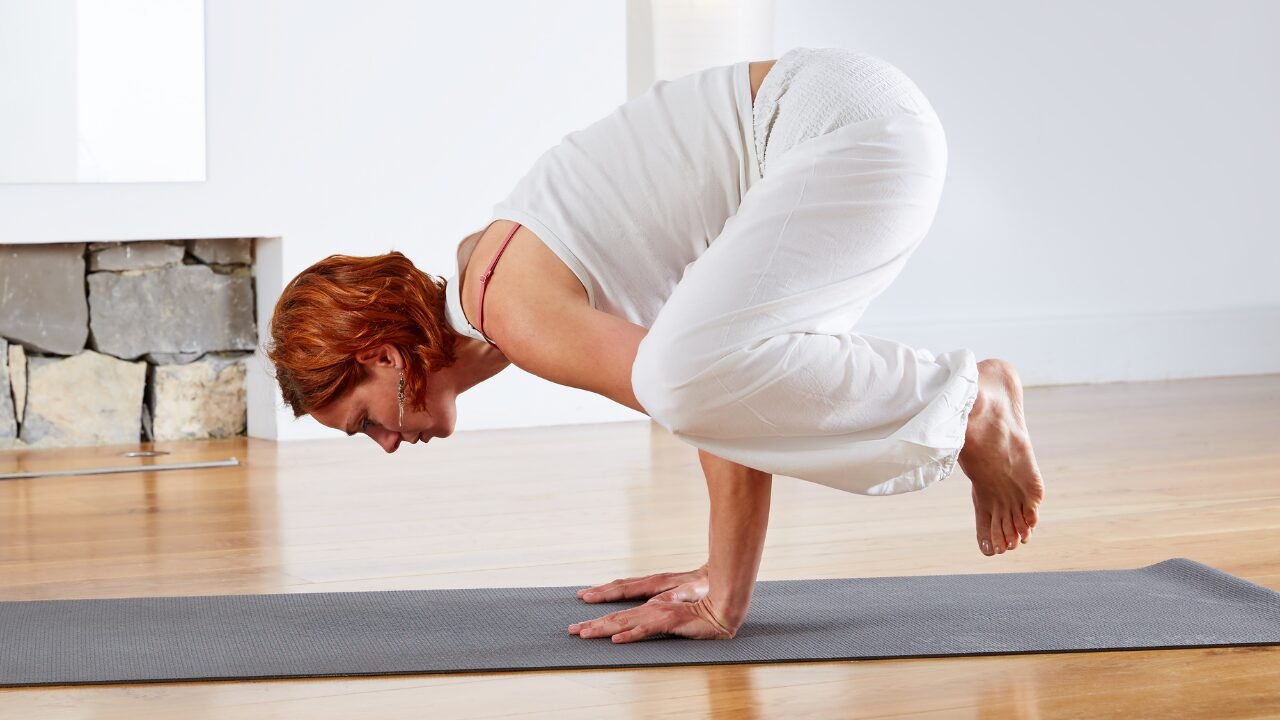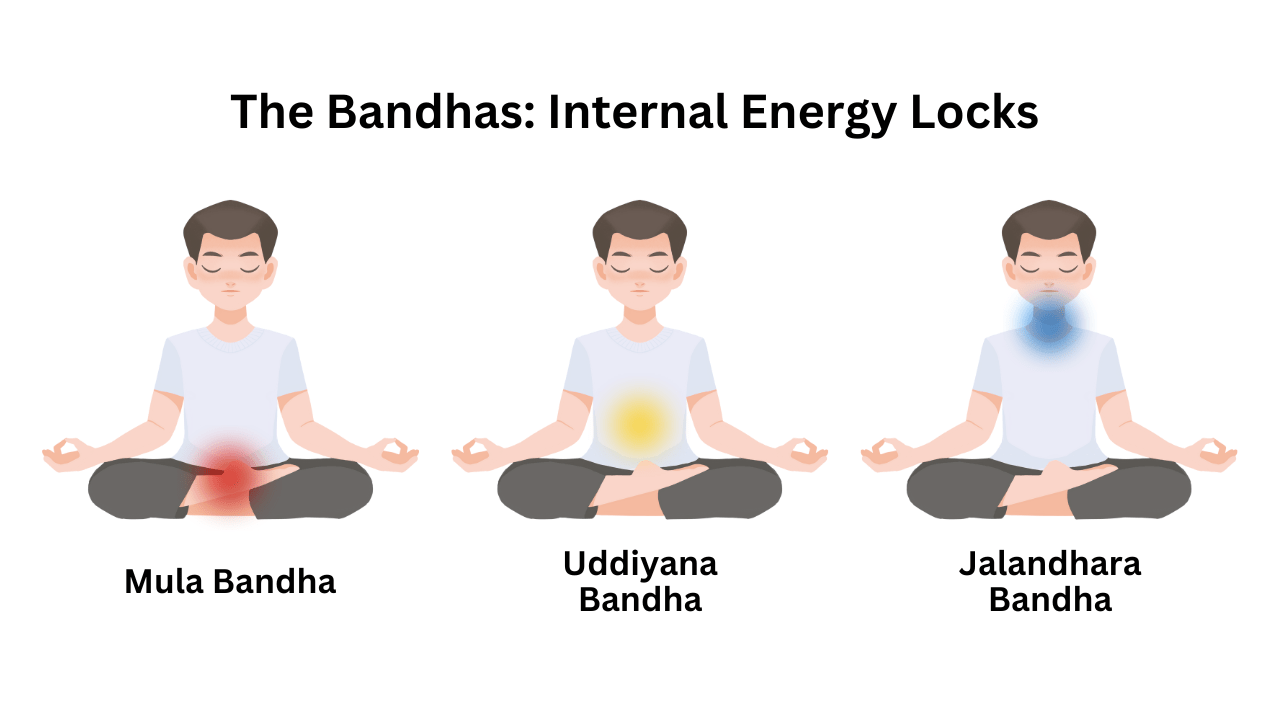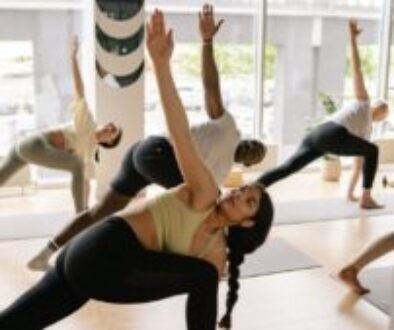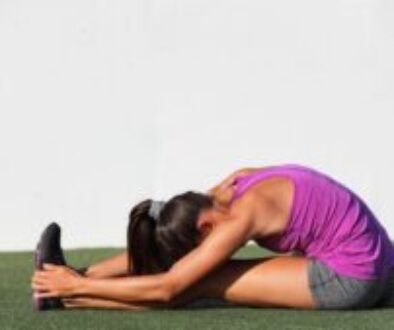Yoga Anatomy: Mastering Asanas Through Understanding Human Anatomy
Have you ever wondered how that twisty yoga pose you just mastered actually works? Or maybe you’ve experienced a twinge of pain and worried you might be doing something wrong.
Understanding the human body through the lens of anatomy can deepen our practice, prevent injuries, and enhance our overall well-being both on and off the mat. In this blog post, we’ll break down key anatomical concepts in a simple and accessible manner, empowering you to deepen your practice and cultivate a greater sense of connection with your body.
1. The Body’s Core and Bandhas
Explanation: The core serves as the foundation for your yoga practice, consisting of deep torso muscles that support movement and provide stability. Moreover, understanding how to engage and strengthen the core is crucial for safeguarding your spine and maximizing the benefits of yoga poses.
Bandhas: These energetic engagements involve specific muscle groups and are integral to yoga practice:
- Mula Bandha: Involves the pelvic floor muscles, promoting stability and grounding.
- Uddiyana Bandha: Engages the diaphragm and abdominal muscles, drawing the navel inward.
- Jalandhara Bandha: Involves a slight tuck of the chin toward the chest, lengthening the spine and directing energy inward.
Benefits of Core Engagement and Bandhas: Improved posture, spine protection, enhanced balance, stability, and deeper breathing.
2. The Spine and Backbends

Explanation: The spine provides flexibility and support for the body. Understanding its structure is crucial for safe backbends in yoga. The spine comprises vertebrae, intervertebral discs, ligaments, and muscles.
Common Backbends: Cobra Pose (Bhujangasana), Upward-Facing Dog (Urdhva Mukha Svanasana), Bow Pose (Dhanurasana)
Importance of Proper Alignment in Backbends: In particular, correct spine alignment ensures safe opening of the front body and helps prevent strain on back muscles.
3. The Hips and Forward Bends

Explanation: Firstly, hips, among the body’s most complex joints, allow for a wide range of motion. However, tightness in the hips can limit flexibility and lead to improper form in forward bends. The hip joint is a ball-and-socket joint, formed by the femur and pelvis.
Common Forward Bends: Downward-Facing Dog (Adho Mukha Svanasana), Plow Pose (Halasana), Child’s Pose (Balasana)
Importance of Hip Mobility in Forward Bends: Enhanced hip mobility enables proper folding from the hips, reducing strain on the spine.
4. The Shoulders and Arm Balances

Explanation: The shoulders are some of the most mobile joints in the body, but they can also be prone to instability and injury. Understanding the anatomy of the shoulder joint is essential for practicing safe and effective arm balances in yoga. The shoulder joint is a ball-and-socket joint formed by the head of the humerus (upper arm bone) fitting into the glenoid cavity of the scapula (shoulder blade).
Common Arm Balances: Crow Pose (Bakasana), Downward-Facing Dog Split (Adho Mukha Svanasana with legs split), Plank Pose (Chaturanga Dandasana)
Importance of Shoulder Stability in Arm Balances: Strong and stable shoulders are essential for supporting body weight safely in arm balances.
5. Common Yoga Injuries and How to Prevent Them
Explanation: While yoga is generally safe, injuries can occur without attention to proper form and body awareness.
Common yoga injuries include:
- Hamstring strains
- Knee pain
- Shoulder pain
- Lower back pain
Prevention Tips:
- Warm up adequately before each practice.
- Focus on proper alignment in every pose.
- Avoid pushing beyond personal limits.
- Listen to the body and take necessary breaks.
- Modify poses to accommodate individual limitations.
In conclusion, this article has offered a glimpse into the intricate relationship between yoga practice and human anatomy. While we’ve touched upon the core, spine, hips, shoulders, and common injuries, there’s still so much to explore and understand. Each body is unique, and cultivating awareness of our own anatomy is key to a safe and fulfilling practice.
For those seeking a deeper understanding, we invite you to explore resources like our Online Yoga Philosophy And Yoga Anatomy Course here at Arohan Yoga. This comprehensive course not only delves into the intricacies of yoga philosophy, lifestyle, and ethics but also offers a thorough exploration of yoga anatomy and physiology.
Begin your journey towards a more profound connection with your practice and your body today.




